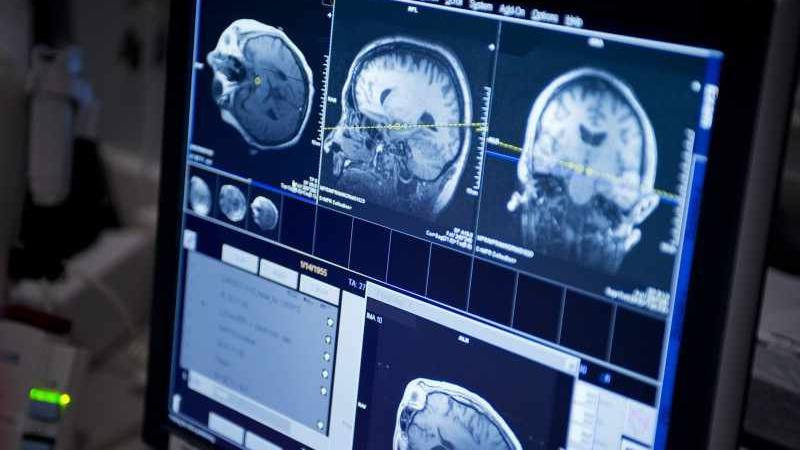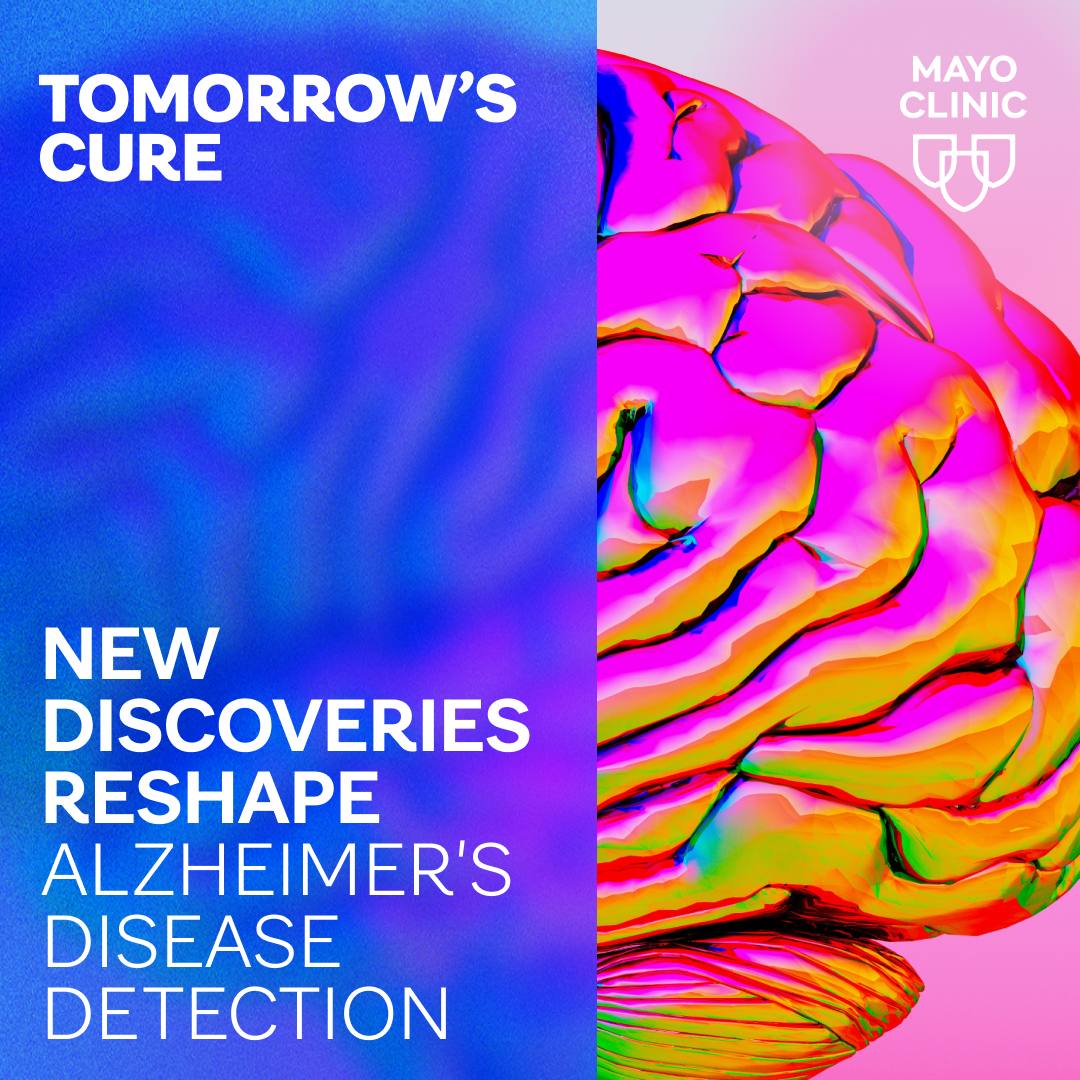-
Mayo Clinic Q&A podcast: The latest options for treating epilepsy

Epilepsy is a neurological disorder in which brain activity becomes abnormal, causing seizures or periods of unusual behavior, sensations, and sometimes loss of awareness. Anyone can develop epilepsy and epilepsy affects both males and females of all races, ethnic backgrounds, and ages.
Treatment with medications or sometimes surgery can control seizures for the majority of people with epilepsy. Some people require lifelong treatment to control seizures, but for others, the seizures eventually go away. Some children with epilepsy may outgrow the condition with age.
Medications for epilepsy have improved and remain the most common way to treat epilepsy. Open surgery to remove the portion of the brain that's causing the seizures is still an important treatment option for epilepsy that isn't controlled by medication. In recent years, new treatment options for epilepsy, including minimally invasive options, have developed. The latest treatments include:
- Deep brain stimulation. This is the use of a device that is placed permanently deep inside the brain. The device releases regularly timed electrical signals that disrupt seizure-inducing activity. This procedure is guided by MRI. The generator that sends the electrical pulse is implanted in the chest.
- Responsive neurostimulation. These implantable, pacemaker-like devices can help significantly reduce how often seizures occur. These responsive stimulation devices analyze brain activity patterns to detect seizures as they start and deliver an electrical charge or drug to stop the seizure before it causes impairment. Research shows that this therapy has few side effects and can provide long-term seizure relief.
- Laser interstitial thermal therapy (LITT). This is less invasive than resective surgery. It uses a laser to pinpoint and destroy a small portion of brain tissue. An MRI is used to guide the laser.
- Minimally invasive surgery. New minimally invasive surgical techniques, such as MRI-guided focused ultrasound, show promise at treating seizures with fewer risks than traditional open brain surgery for epilepsy.
"The game is much different now," says Dr. Jamie Van Gompel, a Mayo Clinic neurosurgeon. "We've really improved the outcomes for patients. I think it's important to explore treatment options because they can have substantial, meaningful impacts in people's lives."
Dr. Van Gompel encourages people with epilepsy to check in with their primary care provider or neurologist about their current treatment, and don't hesitate to seek a second opinion at an epilepsy center, especially if you have side effects from your medications or are continuing to have seizure events.
“If you haven’t seen a specialist in the last five years, you should see an epileptologist at a specialized care center,” says Dr. Van Gompel. "Epilepsy treatments are changing so rapidly right now with the introduction of robotics and stereotactic techniques that there might be something new that can help you with your seizures or epilepsy management."
Research in the field continues to focus on seizure prevention, prediction and treatment. Dr. Van Gompel predicts that the use of artificial intelligence and machine learning will help neurologists and neurosurgeons continue to move toward better treatment options and outcomes.
"I think we will continue to move more and more toward removing less and less brain," says Dr. Van Gompel. "And in fact, I do believe in decades, we'll understand stimulation enough that maybe we'll never cut out brain again. Maybe we'll be able to treat that misbehaving brain with electricity or something else. Maybe sometimes it's drug delivery, directly into the area, that will rehabilitate that area to make it functional cortex again. That's at least our hope."
On the Mayo Clinic Q&A podcast, Dr. Van Gompel discusses the latest treatment options for epilepsy and what's on the horizon in research.
Watch: Dr. Van Gompel discuss epilepsy treatment options.
For the safety of its patients, staff and visitors, Mayo Clinic has strict masking policies in place. Anyone shown without a mask was either recorded prior to COVID-19 or recorded in a nonpatient care area where social distancing and other safety protocols were followed.







